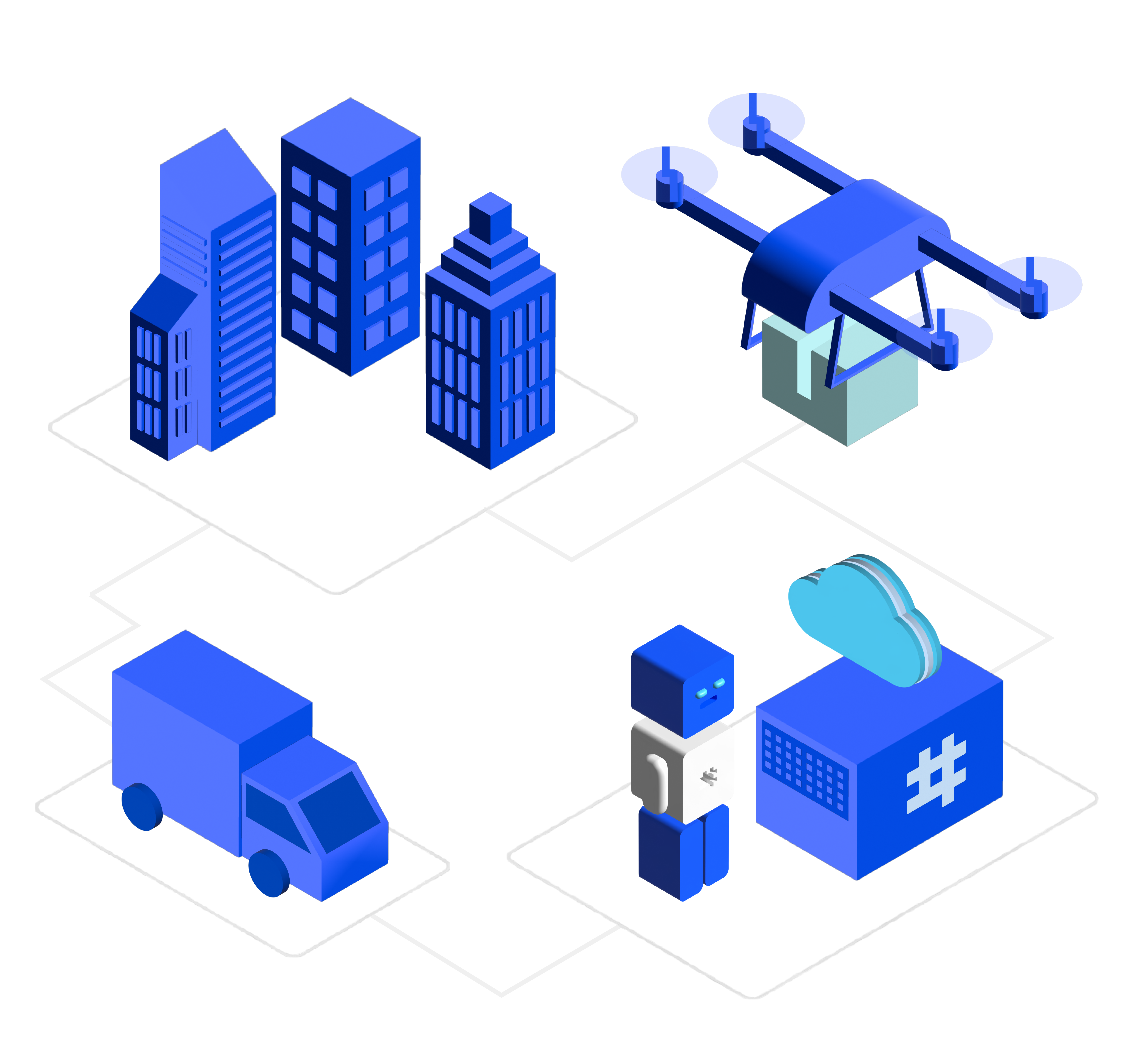

Official NVIDIA Inception Program & Microsoft for Startups Member
Traditional robotics: Buy robot → Deploy → Spend months calibrating → Hope it works
Our approach: Build virtual world → Train exhaustively → Deploy confidently
We build a 3D model of your actual building—every room, hallway, and obstacle—for the robot to practice in. Supports physics simulation, sensor modeling, and multi-robot coordination scenarios.
The robot practices thousands of scenarios in the virtual version—Powered by NVIDIA Isaac Sim with reinforcement learning, behavior cloning, and sim-to-real transfer.
By deployment day, your robot already knows your space with pre-trained navigation, perception, and interaction models. Real-world data continuously improves simulation accuracy for future iterations.

Robots trained in digital environments, coordinating tasks and workflows in real time. No hand-holding. No endless calibration.
Every movement simulated. Every scenario tested. Before deployment day.
From security patrol to warehouse coordination. Trained in digital twins. Deployed with confidence.
That's why we practice in virtual environments first.

Our robots are trained in digital twins of YOUR actual facility—not generic training environments.
They know your layout
Every corridor, obstacle, and zone mapped in simulation
They understand your protocols
Security routes, access controls, emergency procedures
They're adapted to your context
Local languages, cultural norms, human interaction patterns
They arrive ready
Day-one operational capability, not weeks of calibration
We use the same simulation technology that trains Tesla's Autopilot, BMW's factory robots, and Amazon's warehouse systems.
Enterprise-grade cloud infrastructure for training and deployment. Scalable, secure, and compliant with international standards.
Part of Dubai's AI ecosystem, working with regional partners on robotics and automation solutions.

We're accepting 3 more projects for Q1-Q2 2026
It's much more accurate. We use the same technology that tests self-driving cars and factory robots—physics-accurate simulation that behaves like the real world.
Think: Professional flight simulator vs. arcade game.
We use GPU-accelerated physics engines with accurate sensor modeling (LiDAR, cameras, IMU), material properties, lighting, and dynamics. Simulation is validated against real-world test data to minimize the sim-to-real gap.
6-8 weeks total:
• 1-2 weeks: Map your facility
• 3-4 weeks: Train robot in virtual version
• 1-2 weeks: Customize and deploy
Compare to 6-12 months for traditional robotics.
We update the virtual model and retrain—usually in days, not months.
The virtual facility is your permanent training ground. Any change to the real building can be tested virtually first.
Schedule a consultation and we'll show you exactly how virtual training works for your space.
No sales pitch. Just a technical walkthrough of the process.
NVIDIA Inception
Microsoft Partner
Dubai AI Campus
Enterprise Security
GDPR Compliant